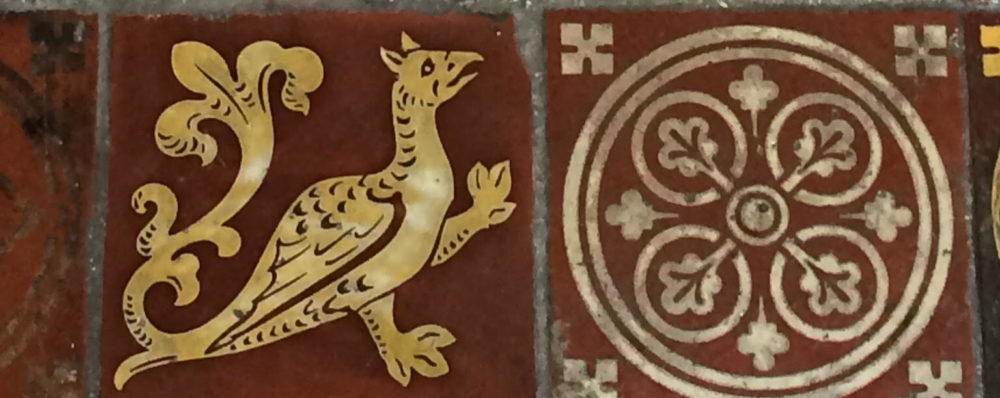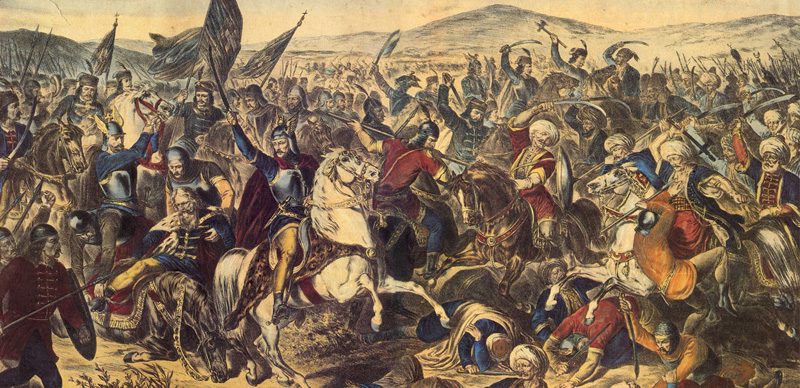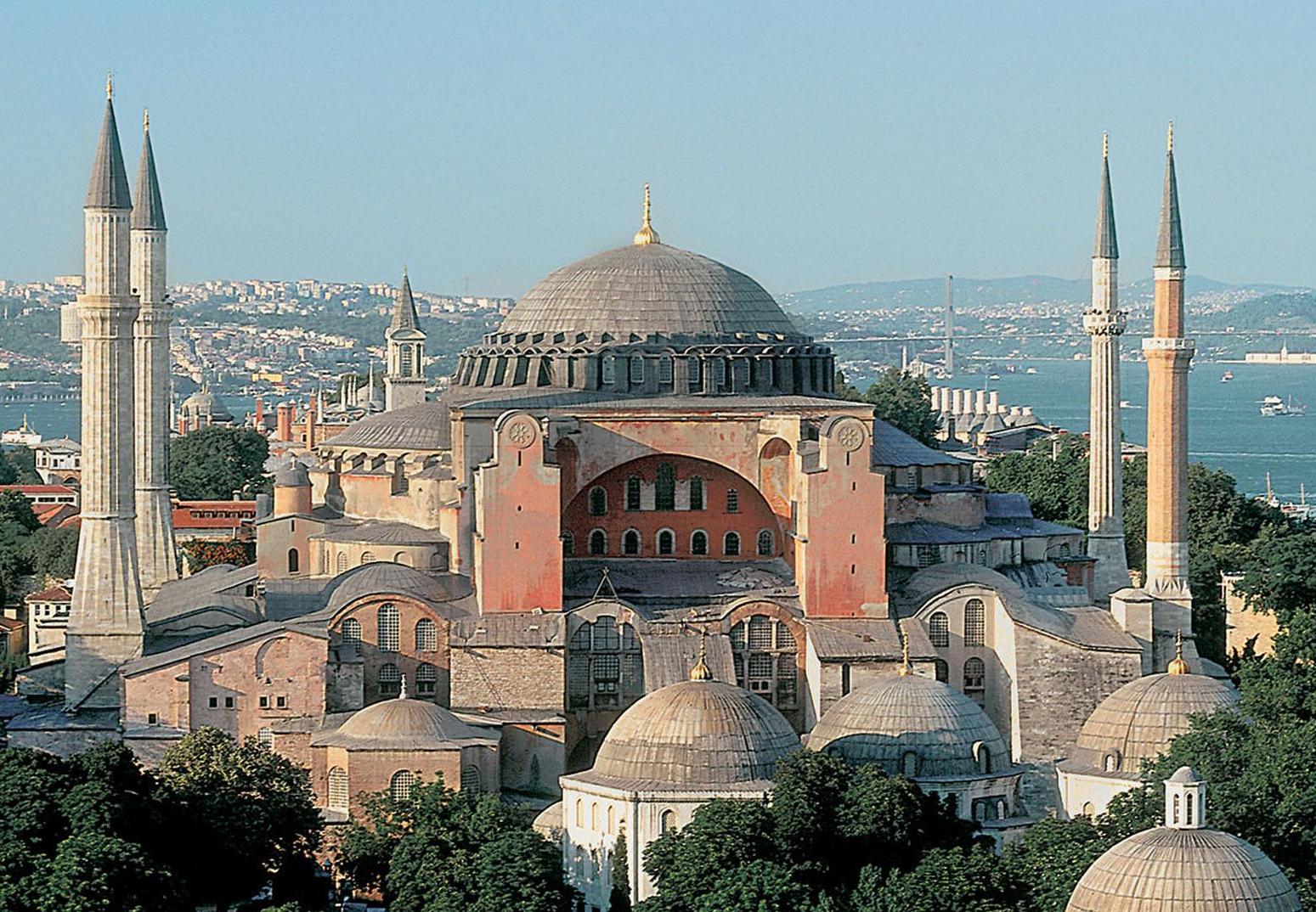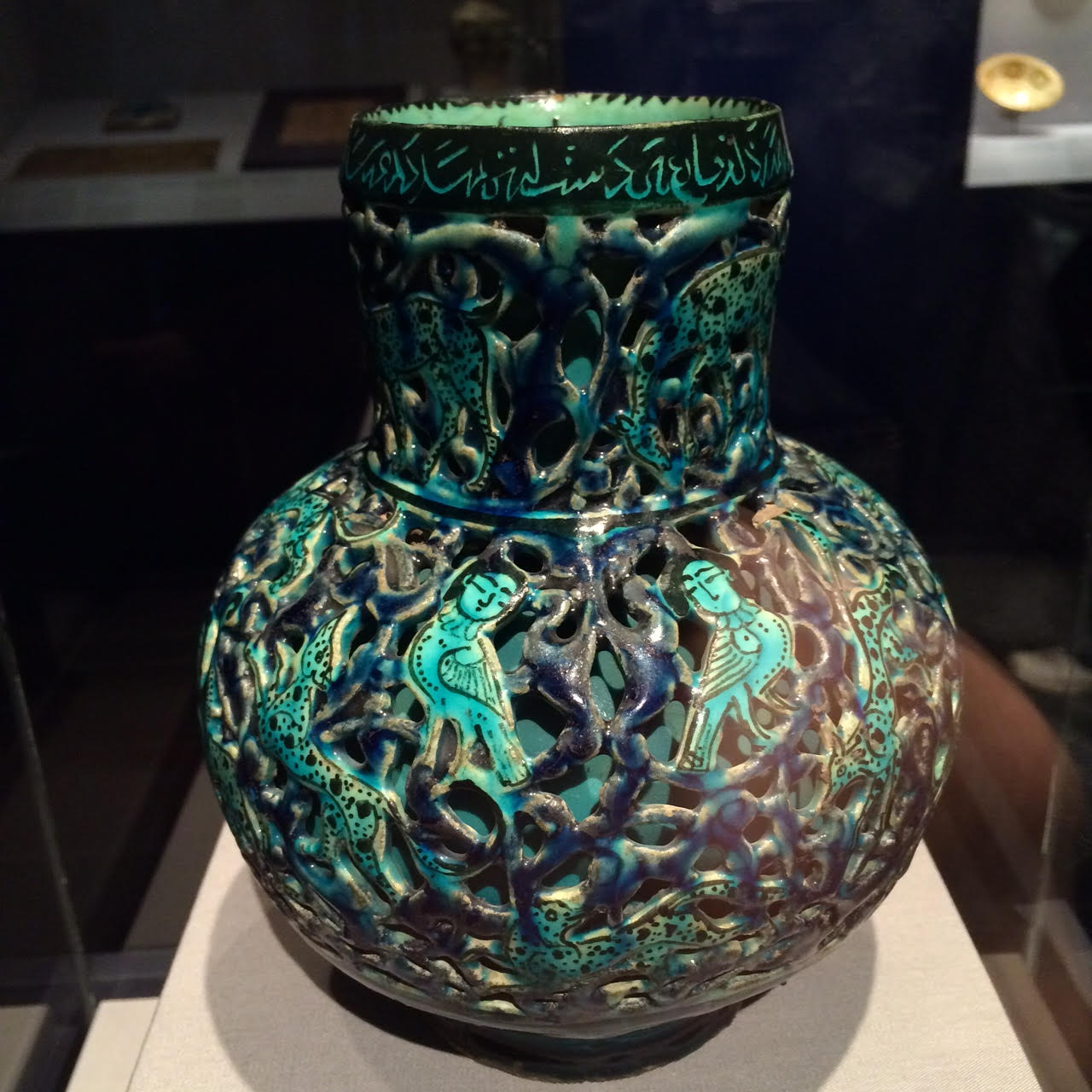St. Vitus, a Christian in Sicily who was killed for his faith in A.D. 303, is commemorated each year in mid-June. He is most often associated with epileptics or those who have seizures for other reasons, because he looked as if he was having a seizure as a lion killed him and tore his body to shreds. He is also said to protect against lightning strikes, animal attacks and oversleeping. He is the patron of the cathedral in Prague.
He is also important in the history of Serbia. It was on his feast day (known as “Vidovdan” in Serbian) that the Serbian army, led by Prince Lazar, was defeated by the Ottoman army led by Sultan Murad in the field of Kosovo. The defeat at Kosovo on Vidovdan came to be considered the defining moment of Serbian national consciousness as it was the first time that several of the Serbian clans set aside their local disputes and came together for a common purpose (under the leadership of Prince Lazar). The anniversary of the defeat at Kosovo is particularly important to Serbian history, tradition, and national identity. The date is ingrained in the Serb consciousness, and is the date on which South Slav nationalist Gavrilo Princip assassinated Archduke Franz Ferdinand, setting off a chain of events that led to the outbreak of World War I.
Reliable historical accounts of the battle are scarce. The bulk of both armies were wiped out in the battle; both Lazar and Murad lost their lives in it. Although Ottomans managed to annihilate the Serbian army, they also suffered high casualties which delayed their progress. Serbs were left with too few men to effectively defend their lands, while the Turks had many more troops in the east. Consequently, one after the other, the Serbian principalities that were not already Ottoman vassals became so in the following years.
One of my best friends in seminary, a third generation Serbian-American, said once, “Only the Serbians would make a national holiday out of their worst-ever military defeat!”




